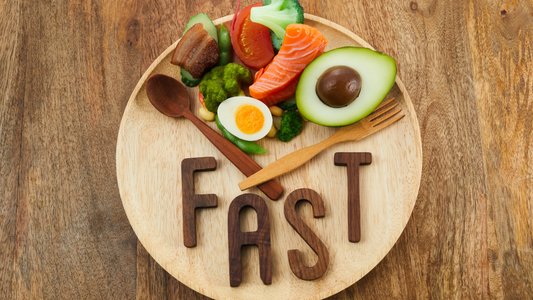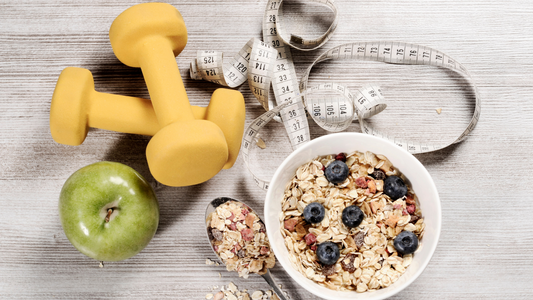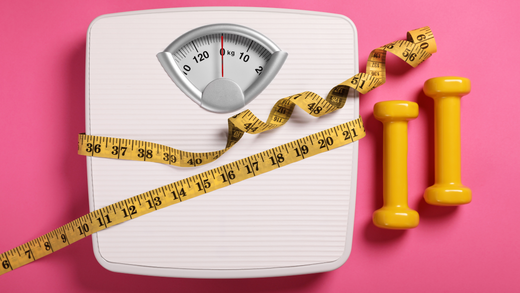We've heard this question before ''aren't keto and gluten-free the same''. Short answer, no. One doesn't imply the other. You don't have to be gluten-free if you are eating a low-carb diet, though many of the foods you would want to avoid on a keto diet happen to be glutenous. In this post, we're delving into the potential benefits of going gluten-free while following a ketogenic or low-carb diet.
First off, what is gluten? Gluten is a protein found in wheat, barley, rye, and their derivatives, responsible for dough's elasticity in baking. In celiac disease, the immune system reacts to gluten, damaging the small intestine. In non-celiac gluten sensitivity, consumption of gluten leads to digestive and other symptoms.
Here's a short list of foods that are neither keto-friendly nor gluten-free:
- Regular Wheat Bread: Wheat bread is high in carbohydrates and contains gluten, making it unsuitable for both keto and gluten-free diets.
- Pasta: Traditional pasta is made from wheat flour and is packed with carbs, making it incompatible with both dietary approaches.
- Cereal: Most breakfast cereals are made from grains like wheat, barley, or oats and are loaded with carbohydrates, making them non-keto and non-gluten-free.
- Regular Flour: Wheat-based all-purpose flour is high in carbs and contains gluten, so it's not suitable for either diet.
- Pizza: Traditional pizza crust is typically made from wheat flour, and the combination of dough and toppings can be high in both carbs and gluten.
- Cookies and Baked Goods: Most commercially produced cookies, cakes, and baked goods are made with wheat flour and are high in carbohydrates and gluten.
- Regular Beer: Traditional beer is brewed from grains like barley, wheat, and rye, all of which contain gluten and are carb-heavy.
- Crackers: Most crackers are made from wheat or other grains, making them unsuitable for both keto and gluten-free diets.
- Breaded Fried Foods: Foods coated in breadcrumbs or batter, like fried chicken or tempura, are high in carbs due to the breading and contain gluten.
- Pastries: Croissants, danishes, and other pastries are typically made from wheat-based dough and are high in carbs and gluten.
Of course, as you might know, there are many delicious alternatives to the gluten & high carb products listed about. Whether you're a gluten-free eater or a low-carb eater, you don't have to give up your favourite treats, but rather, find healthier alternatives.
Just like low-carb eaters don't need to eater gluten-free, gluten-free eaters usually don't need to eat low-carb. However, there are benefits to both. For gluten-free eaters, most commercially or even locally made gluten-free products may still contain a high amount of sugar, as well as other processed ingredients.
So why bother with gluten-free if you don't need to? Turns out there are many benefits to eating both low-carb and gluten-free. Let's explore!
Benefits of eating a gluten-free low-carb diet:
-
Reduced Inflammation: One of the primary advantages of adopting a gluten-free diet within a low-carb or ketogenic framework is the potential reduction in inflammation. Gluten can be inflammatory for some individuals, particularly those with celiac disease or non-celiac gluten sensitivity. By eliminating gluten-containing grains like wheat, barley, and rye, you may experience reduced inflammation, leading to improved overall health.
-
Digestive Relief: Gluten can be tough on the digestive system. Going gluten-free can provide digestive relief, reduce symptoms like bloating and discomfort, and support a healthier gut. This can complement the digestive benefits often associated with low-carb and ketogenic diets.
-
Weight Management: Both low-carb and ketogenic diets are effective for weight management due to their ability to stabilize blood sugar levels and promote fat burning. When combined with a gluten-free approach, you can enjoy a wide range of foods rich in healthy fats, proteins, and non-starchy vegetables. This variety can make it easier to stick to your dietary goals while still enjoying delicious meals.
- Improved Energy Levels: Many people report increased energy levels when they switch to a low-carb or ketogenic diet. By incorporating gluten-free foods into your daily meals, you can maintain steady energy levels without the potential energy crashes associated with gluten-containing foods.
In conclusion, while a gluten-free diet may not be necessary for everyone, it can offer several benefits when combined with a ketogenic or low-carb approach. By reducing inflammation, improving digestive health, and diversifying your food choices, you can enhance the positive effects of these diets.
At Ketolibriyum, we are proud to offer 100% gluten-free meals, baked-goods and pantry goods. We believe in healing with whole foods, and are happy to supply both our low-carb and gluten-free community with healthy options.
Remember to consult with a healthcare professional or registered dietitian before making significant dietary changes, especially if you have specific health concerns or conditions that may require a gluten-free diet.



